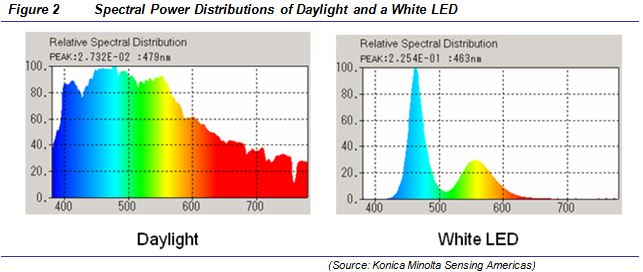Black Hole
May contain traces of nut
The total light lumen output is actually quite easy to measure, without integration! BH was thinking out loud above, I guess.
Am I alone in thinking that buying an expensive piece of lab gear doesn't count as "easy"? Integration is exactly what the referenced item does for you!
Last edited:



